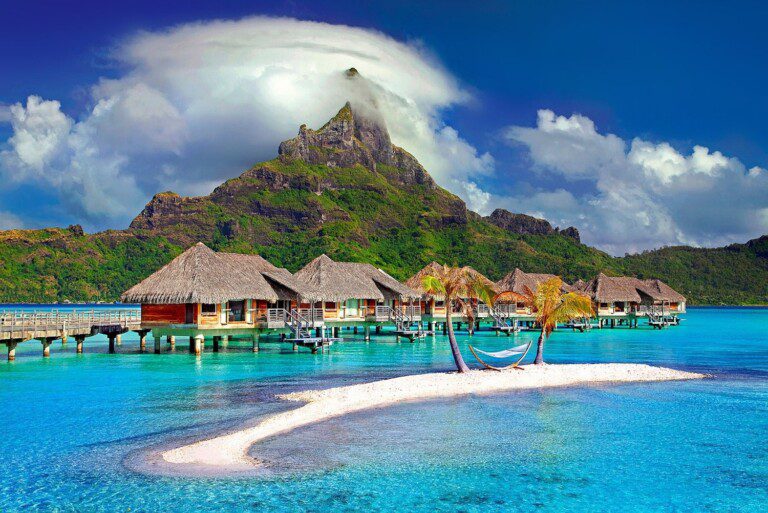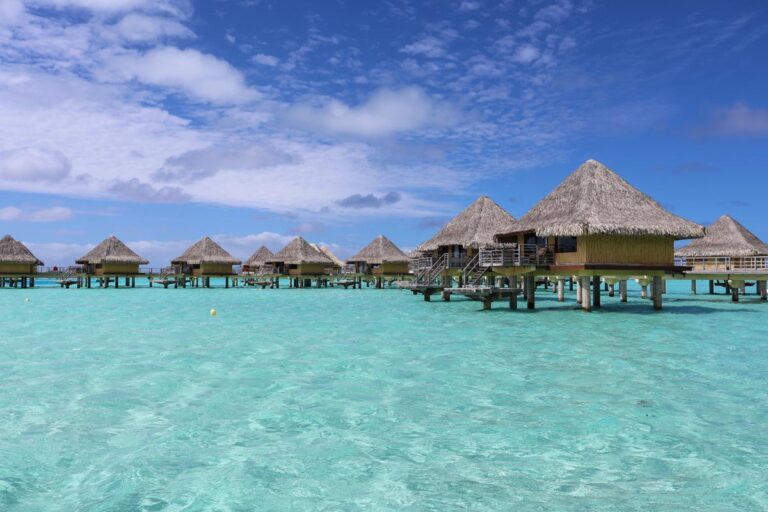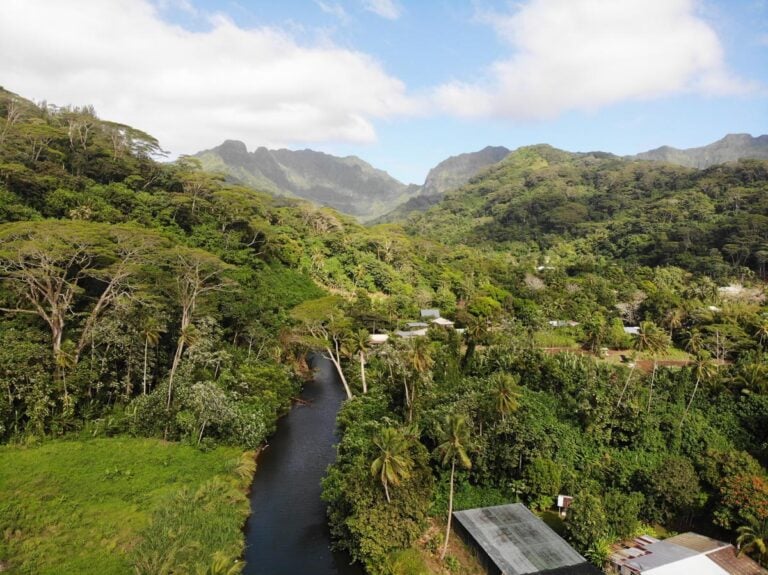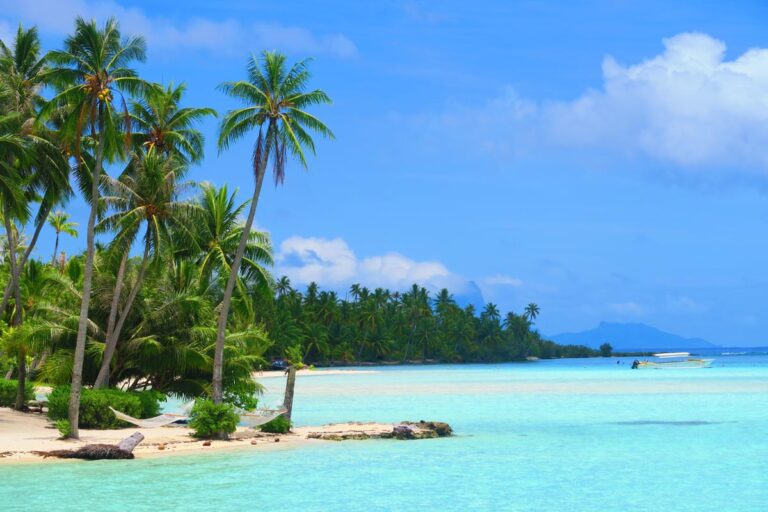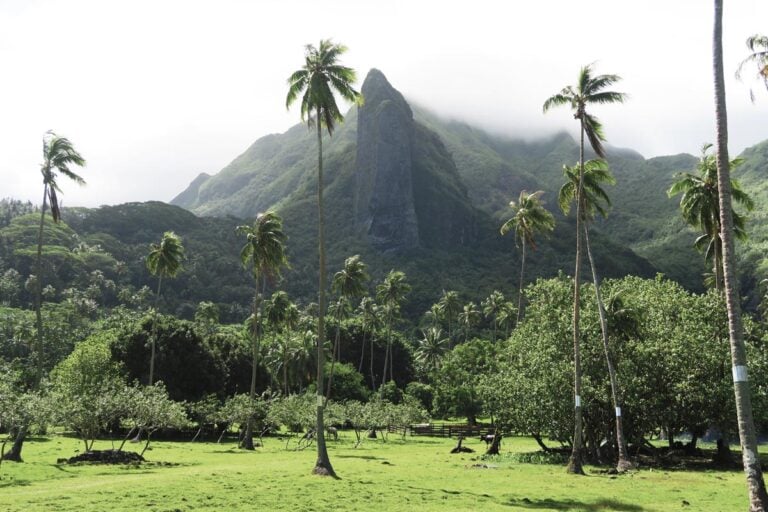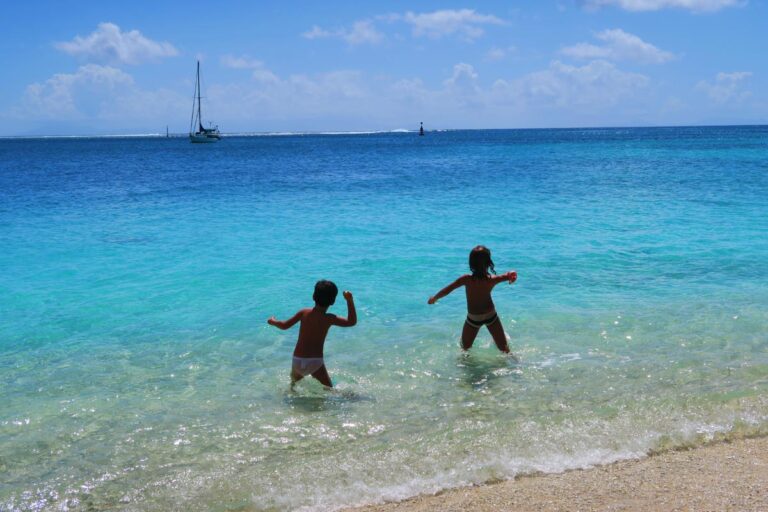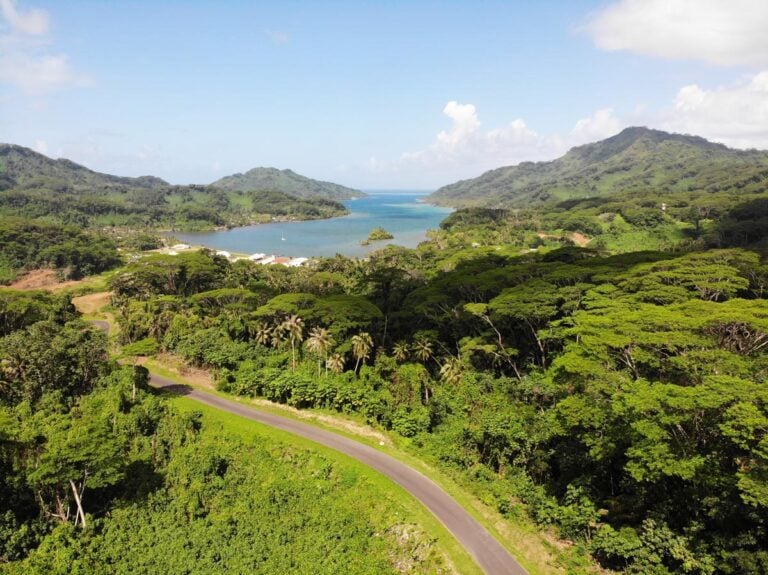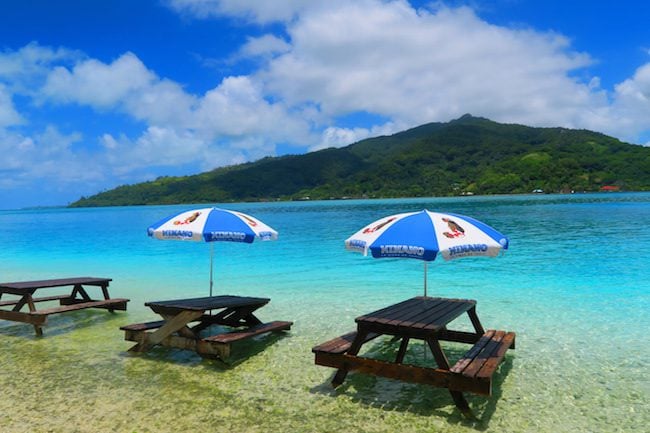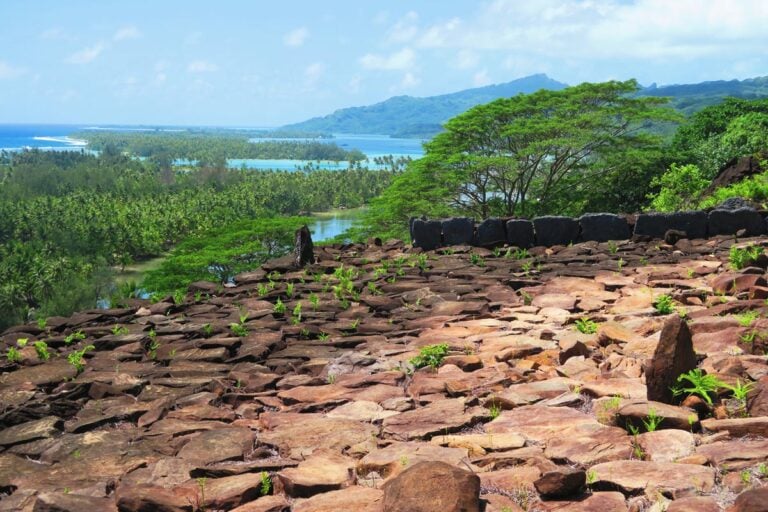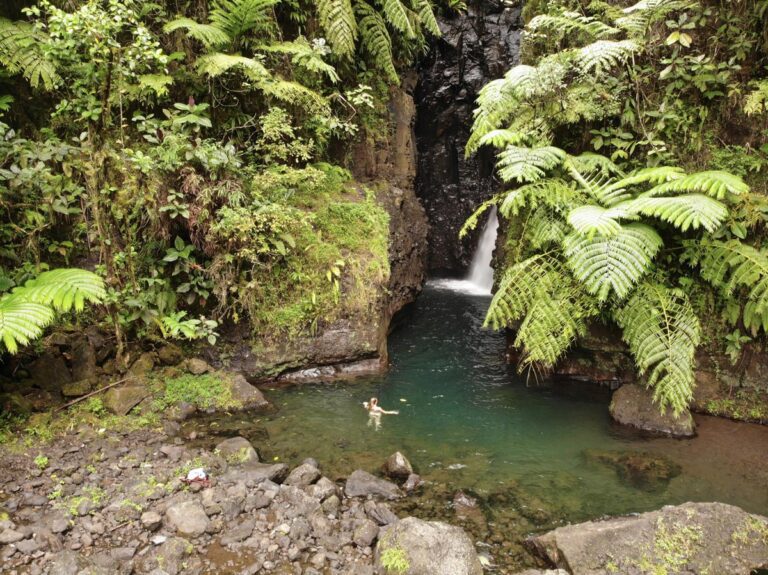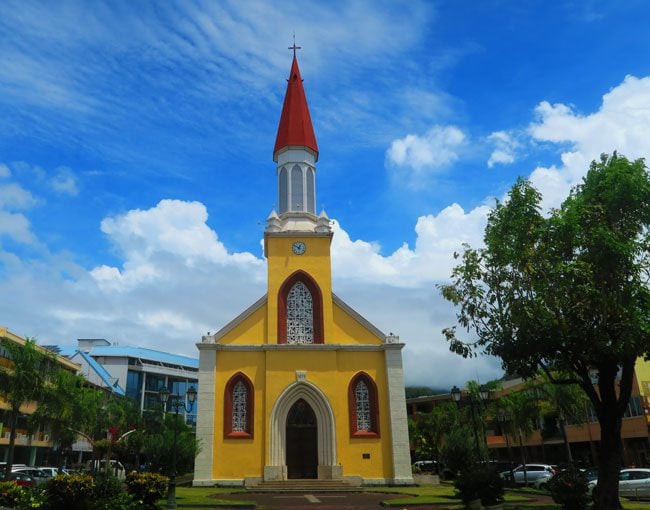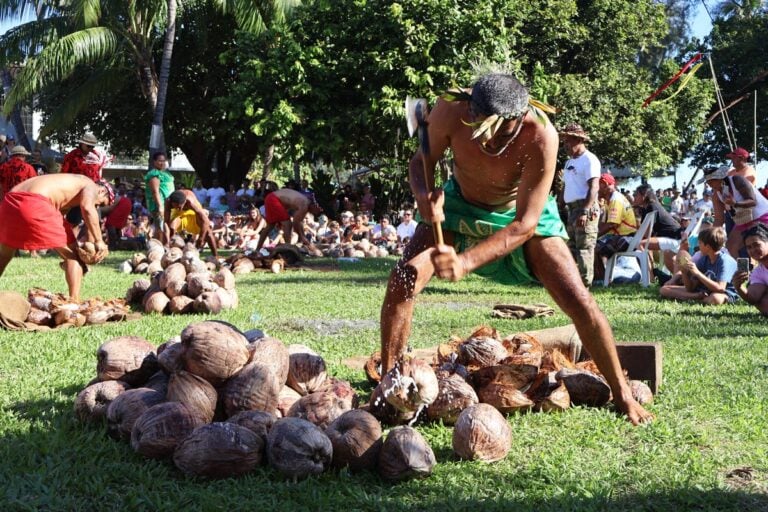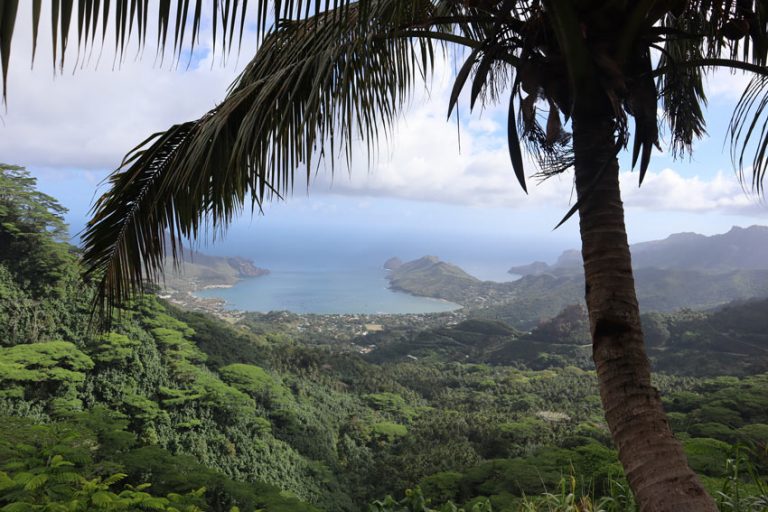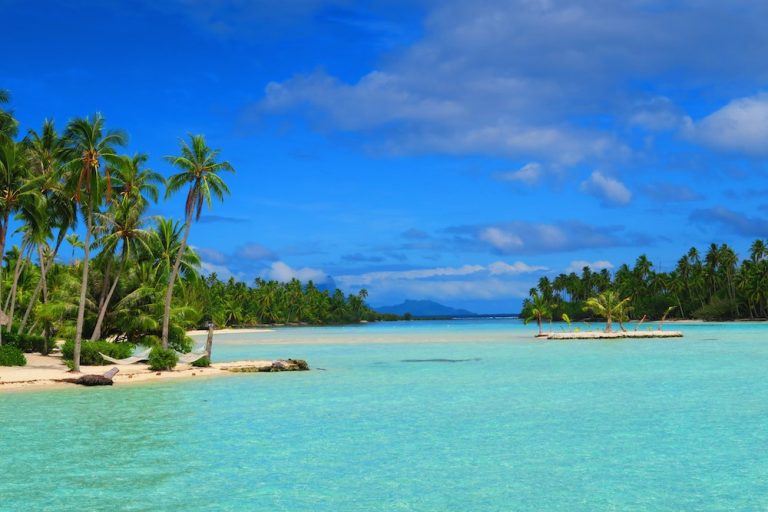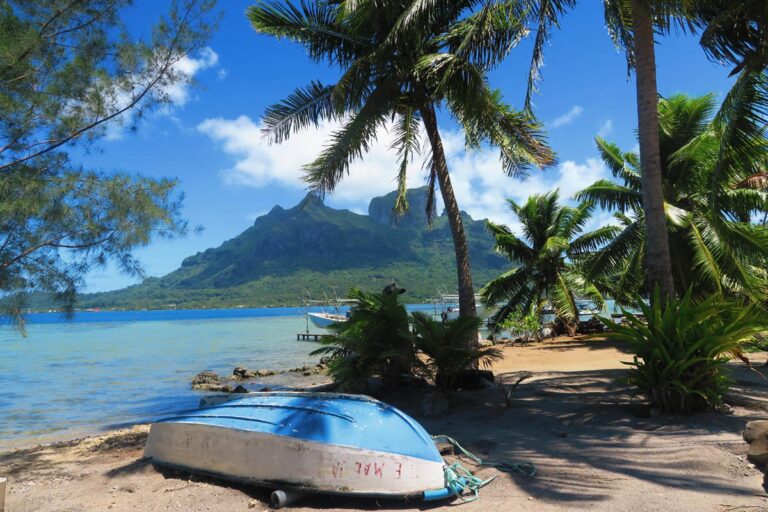
French Polynesia
Welcome to paradise! With its 118 tropical islands and coral atolls sculpted by nature’s finest artists, friendly locals wearing exotic flowers in their hair and shades of blue like nowhere else – you’ll be pinching yourself throughout the day to check if you’re really awake. In fact, visiting French Polynesia really is a dream, and you’ll be living it! Explore the best of paradise with detailed travel guides to islands in all five archipelagos along with sample itineraries and helpful tips and tricks.




